The 10 Different Types of Portrait Photography You Should Know
Portrait photography is about capturing people and their personality. But portraits often go beyond a photo of a smiling person. There are many different sub-genres or types of portrait photos.
Ready to explore the different types of portrait photography? To get more creative and find the genre that fits your subject? Here are the 10 different types of portrait photography you should know.
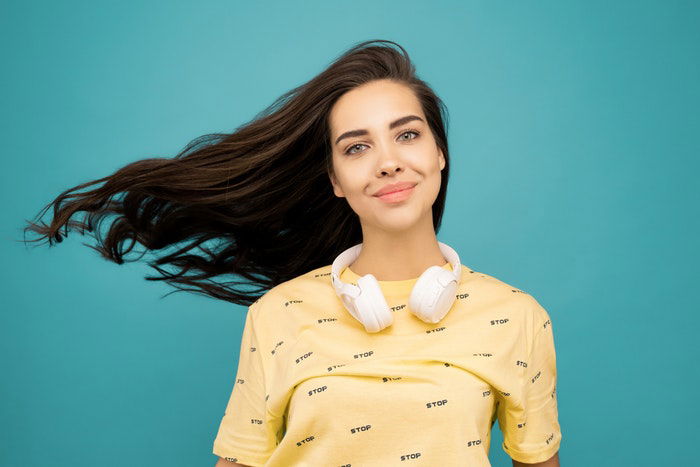
10. Traditional Portraits
A traditional portrait often depicts the subject looking at the camera. Traditional portrait photography is posed. It helps the subjects look their best. Often, traditional portraits are shot in a studio with a formal photography backdrop.
The genre also tends to favour the most traditional portrait composition. This means the head and shoulders crop rather than a full-body portrait. But that’s not always the case.
Traditional portraits are often what comes to mind when thinking about the portrait genre. This type of image has been around for a long time. But it remains popular because the mix of posing and studio lighting is flattering.
A sub-genre of the traditional portraits are formal portraits. They apply the same posing and studio setting, but with formal or business attire.
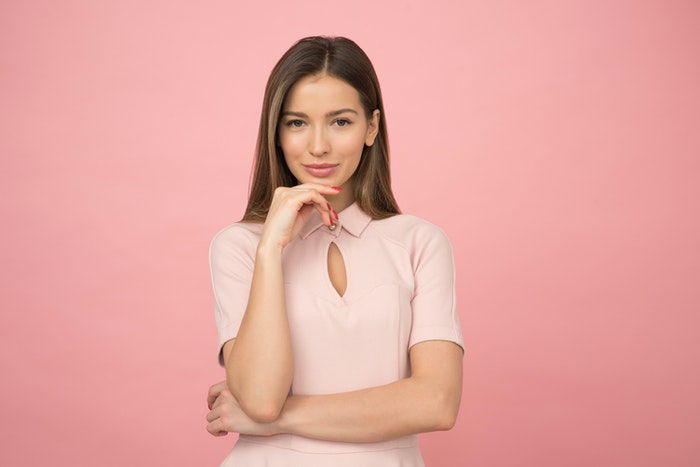
9. Lifestyle Portraits
Lifestyle portraiture is the polar opposite of traditional portraits. Yes, it’s still a portrait of a person (or many people). But lifestyle portraits capture people in an everyday environment, often doing ordinary things. Instead of a studio, this genre of photography works in an environment familiar to the subject. You can take lifestyle portraits, for example, in a family’s home. Lifestyle portraits aren’t posed in the traditional sense.
A lifestyle photographer often has a limited time frame to capture a series of portraits. Lifestyle photographers will often direct the subjects. For example, they ask siblings to jump on the bed or ask a family for a group hug.
But this type of direction isn’t posing. Lifestyle photographers don’t adjust the placement of the hands. They don’t position their subjects.
Clients that choose lifestyle photography like the genre because it resembles real life. Lifestyle family photography also captures the interaction between family members. This way, you can create some touching memories.
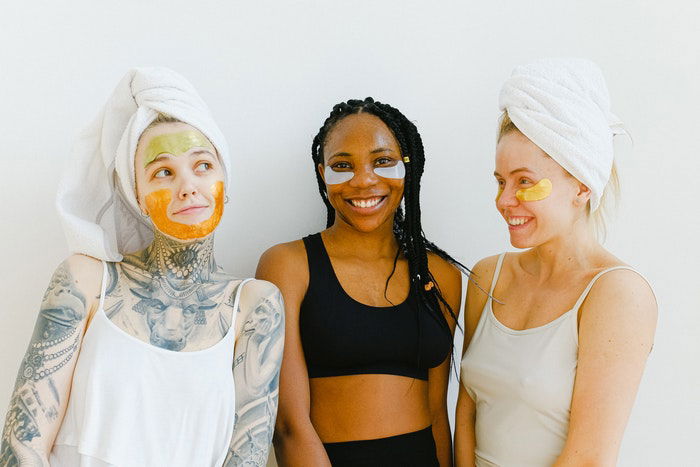
8. Environmental Portraits
Environmental portraits are a mix of traditional portrait photography and lifestyle portrait photography. In environmental portrait photography, the environment and the person both have importance.
This type of photoshoot takes place in a specific location which has a special meaning to the person. It is a way to give the viewer clues to that person’s personality.
That location could be a home, an office, or a favorite place outdoors. Or if you photograph a dancer, it can be a ballet studio.
While the location is important, environmental portraits can still use posing techniques. It is not as informal as lifestyle photography. The photographer sets up a pose and lighting, like in the case of traditional portraits. The pose, lighting, person, and background all work together in an environmental portrait.
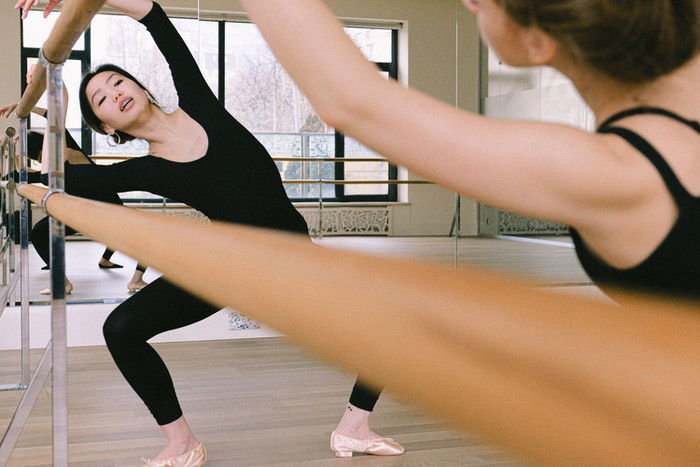
7. Candid and Street Portraits
You don’t plan candid portraits. The best example is street photography featuring people.
Photographers don’t have to photograph strangers to take a candid portrait. But candid portrait photography doesn’t use any direction or posing from the photographer.
Street photographers often take candid portraits of the people they meet. There’s often no setup. The photographer gets inspiration from the position the person is taking. The light, the environment or any other factors create a spontaneous photoshoot.
Qualities of candid photography can influence different genres. Some photographers use a mix of posing and prompts to encourage candid moments.
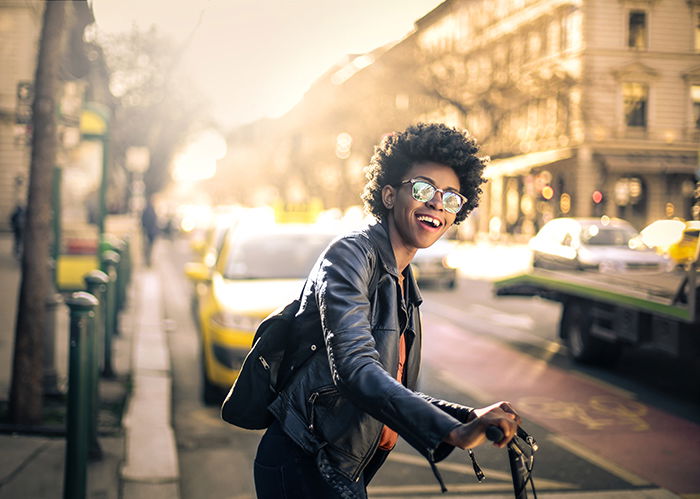
6. Glamour & Boudoir Photography
You might know glamour portrait as beauty portrait. The beauty of the subject is in the focus of glamour photography. It often involves planning the wardrobe and using professional make-up artists.
Glamour photography is also sensual. It’s designed to highlight a woman’s beauty, sometimes in lingerie and sometimes nude. Glamour and fashion photography often has a similar feel and similar posing. But glamour still emphasizes the person, not what they are wearing.
Boudoir is a similar but not identical type of portrait photography. Glamour photography often takes place in different locations, including outdoors. Boudoir, as the name suggests, takes place in a bedroom or home.
Boudoir celebrates sensuality. Women often book a boudoir session to give these photos to their significant other. Boudoir isn’t about sexual poses and lingerie. Many say a boudoir session can help boost a woman’s confidence.

5. Fine Art Portraits
The fine art genre is controversial. Artists debate what classifies something as fine art.
Many agree that fine art is something that would hang in an art gallery. That’s different than the placement of a portrait that hangs on the walls of a family home.
Other types of artwork often inspire fine art photography. Some fine art photographers, for example, model their portrait photography after Renaissance paintings.
Others get creative with wardrobe and makeup, posing, and photo editing. Fine art photography also often encompasses conceptual portraits and surreal portraits.
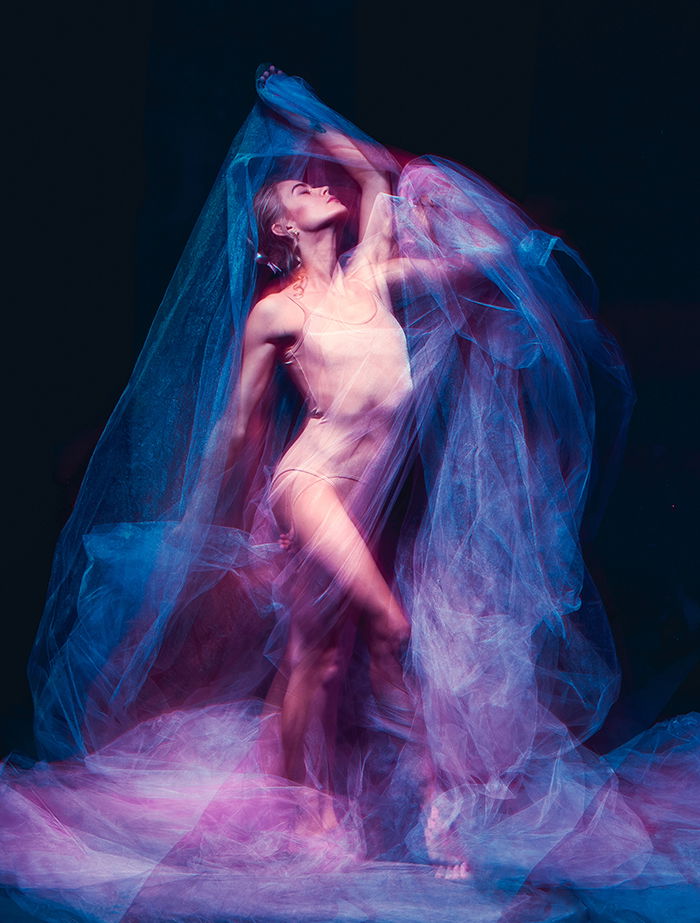
4. Conceptual Portraits
Conceptual portraits capture an idea or concept within a portrait image. Photographers often use props, setting, or photo editing to achieve that concept.
Because conceptual photography encompasses an idea, the possibilities are endless. Levitation, perspective manipulation, makeup or wardrobe tricks are common. Photoshop stunts and post-processing are part of this concept.
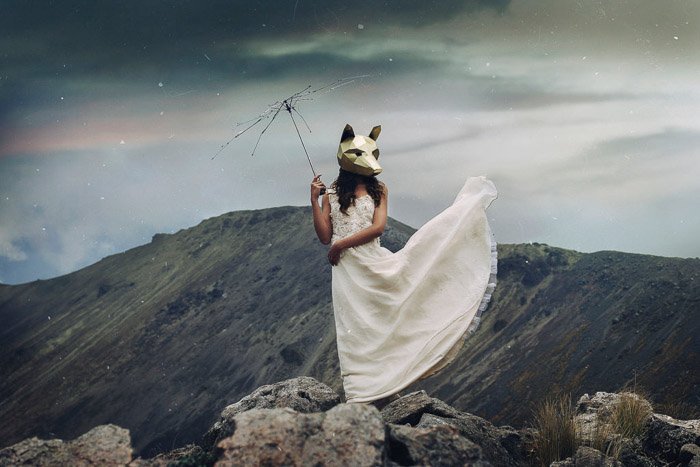
3. Surreal Portraits
Surrealism is an artistic style that feels dream-like. That style can apply to portrait photography as well.
You can’t photograph something that doesn’t exist. That’s why surreal portrait work often involves Photoshop. You can also create some with props, wardrobe, and other photo tricks.
A surreal portrait turns dreams into real photos. That’s tough to do,
but when done well, the results are often stunning. For inspiration,
look at photographers like Brooke Shaden.
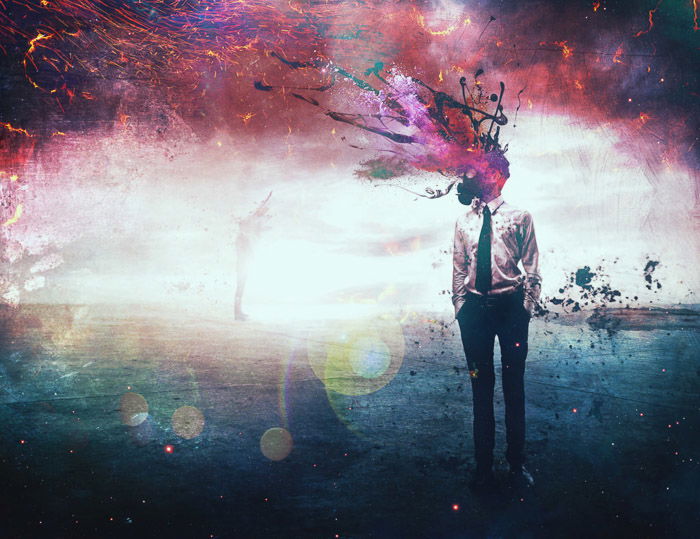
2. Self Portraits
Quick, smartphone selfies give the self-portrait a bad reputation. When done well, self-portraits can be gorgeous images.
Photographers use the more elaborate term self-portrait on a serious portrait. A selfie is a quick snapshot. Self-portraits need insight and planning.
Taking a photo of yourself beyond holding a smartphone out at arm’s length is not easy. You can use a tripod to get rid of that selfie look and extended arms.
Focusing and composing when you’re in front of the camera instead of behind can be tricky. Try using a remote release or a smartphone with a WiFi-enabled camera. Then get creative.
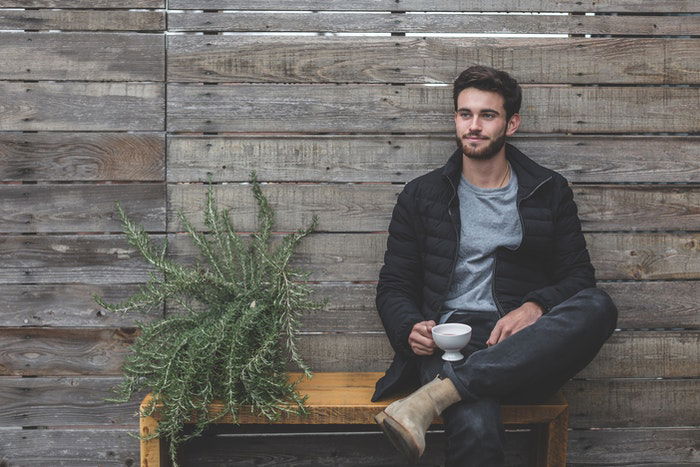
1. Couple, Family and Group Portraits
A portrait isn’t always a single person. Photos of couples, families and other groups together are still portraits.
Pictures of more than one person are often harder than portraits of an individual. You have more people to pose together and interact within the photograph.
With more people, you can also capture genuine interaction. You can’t achieve this with a single person.
Portraits of groups can still fall under other sub-genres too. Lifestyle photography, for example, is a popular genre for family photography.
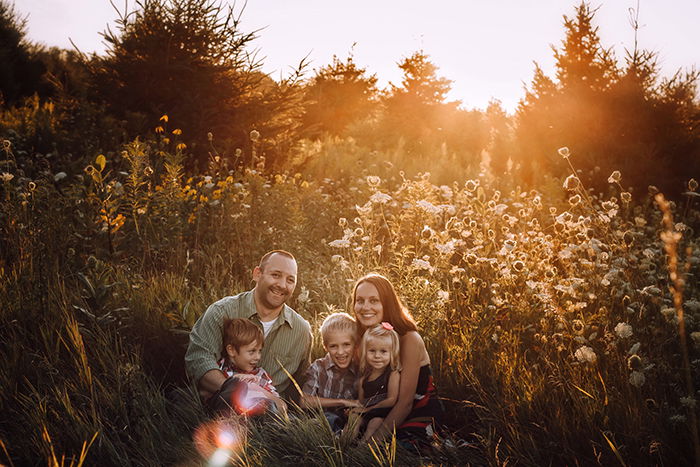
Portraits capture people and personality. Every person is different; that’s why the genre has various styles.
Try to understand the different types of portrait photography. Practice their unique setups.
Get to know the person you take photos of! See what your subject is like and which genre fits the person. You’ll capture better portraits that represent the subject in the best light.
------------------------------------------------------------------------------------------------------------------
You love photography. You’ve been taking pictures for a while now. Maybe you’ve invested in a better camera, or more lenses, perhaps an external flash, or, you still have that simple little point and shoot digital you’ve had for years. But something is pulling at you from within. You’re tired of taking pictures of barns, fences, trees, dilapidated buildings, bridges, etc.
You find that your photographs are often void of the most interesting subject of all – PEOPLE.
In this free guide to portrait photography you’ll learn:
- Lighting
- Focal length of the lens (wide to zoom?)
- Focusing
- Framing – Portrait Type (head shot, 1/2 length, 3/4 length, full length, group, large group)
- Camera shutter speed
- Lens aperture
- Background
- Clothing
- Props
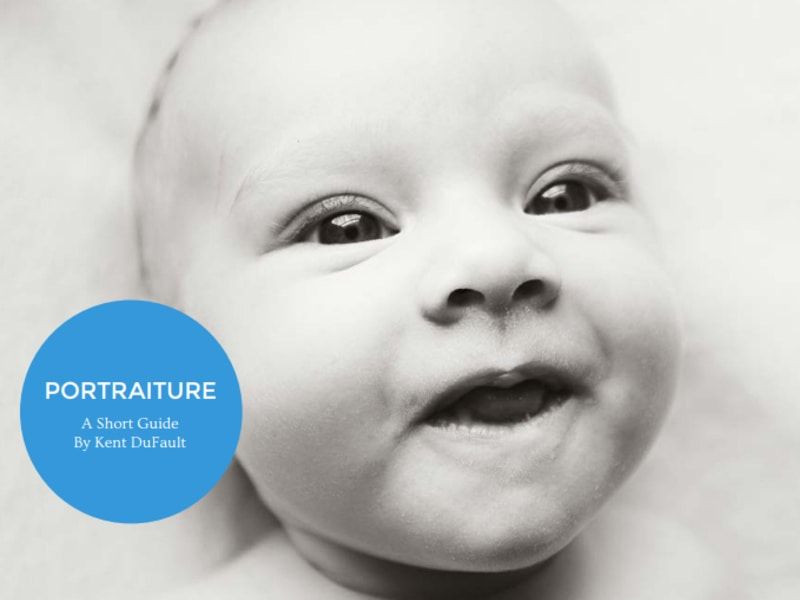
No comments:
Post a Comment
Note: Only a member of this blog may post a comment.